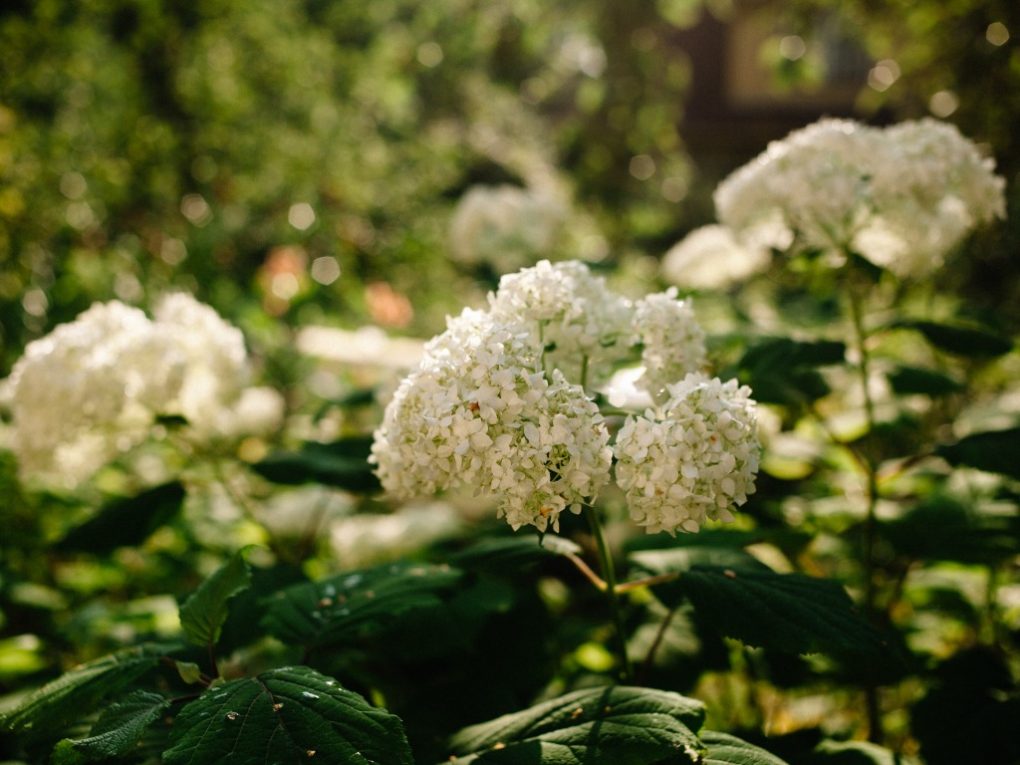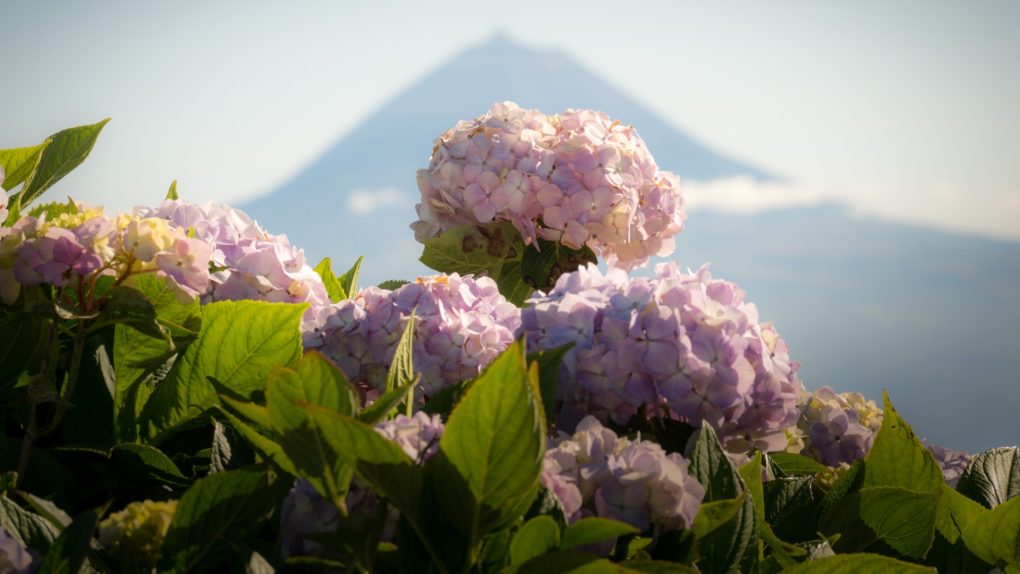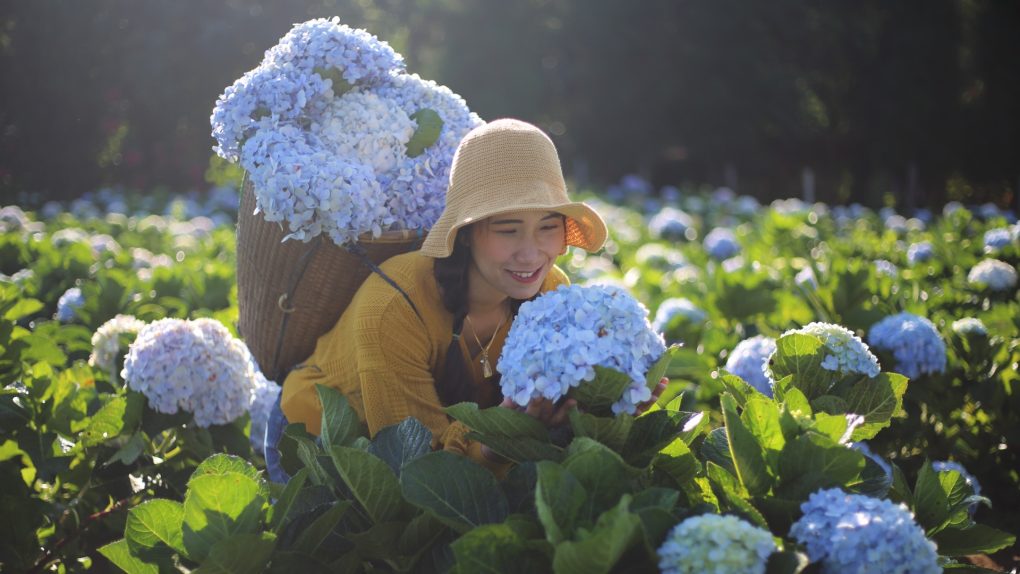Will Hydrangea Grow At High Altitude? A Brief Guide
Hydrangeas can grow at high altitudes, but their ability to thrive largely depends on the region’s specific variety and environmental conditions. Hardy cultivars, such as the Hydrangea arborescens and Hydrangea macrophylla, can tolerate higher altitudes and colder climates.

It is important to note the unique challenges of high altitude gardening, as reduced atmospheric pressure, lower temperatures, and varied moisture levels can impact plant growth. Gardeners should provide appropriate soil, water, and sunlight to promote success. For example, consider choosing hydrangea varieties suitable for your region and opt for a sheltered location to minimize wind exposure.
Table of Contents
Altitude Tolerance of Hydrangeas
Hydrangeas are generally hardy plants that can grow in various conditions, including different altitudes, but the altitude tolerance of hydrangeas varies depending on the species and cultivar.
Most hydrangeas grow best in USDA hardiness zones 4-9, which includes elevations up to 8,000 feet. However, some species, such as the oakleaf hydrangea and smooth hydrangea, can grow up to 10,000 feet in higher elevations.
It is important to note that hydrangeas grown at higher altitudes may experience colder temperatures, stronger winds, and more intense sunlight. These conditions can affect the plant’s growth and blooming, causing it to be less vigorous and produce fewer flowers.
When planting hydrangeas at high altitudes, choosing a site with partial shade and protection from strong winds is recommended. The soil should also be well-draining and rich in organic matter to give the plant nutrients.
Overall, while hydrangeas can tolerate a range of altitudes, choosing the right species and providing proper care is important to ensure their success in higher elevations.
Factors Affecting Hydrangea Growth at High Altitude
Temperature
Hydrangeas thrive in moderate temperatures, typically between 60 and 70 degrees Fahrenheit. At high altitudes, temperatures can fluctuate greatly between day and night, which can be stressful for the plant. During the day, temperatures may be warm enough for the plant to grow, but at night, temperatures can drop below freezing, causing damage to the plant. Therefore, choosing a hydrangea variety that can tolerate these temperature fluctuations and protect the plant from extreme cold is important.
Light
Hydrangeas require a significant amount of sunlight to grow and produce blooms. At high altitudes, the intensity of sunlight is greater due to the thinner atmosphere, which can cause the plant to become sunburned. Therefore, providing shade for the plant during the hottest part of the day is important to prevent damage. Additionally, the shorter growing season at high altitudes can limit the amount of time the plant has to produce blooms, so choosing a variety that can bloom in a shorter period of time is important.
Moisture
Hydrangeas require consistent moisture to grow and thrive. The air is often drier at high altitudes, which can cause the plant to become dehydrated. Therefore, it is important to provide regular watering to keep the soil moist, but not waterlogged. Additionally, cooler temperatures at high altitudes can slow the plant’s growth and reduce the amount of water it needs, so it is important to monitor the plant’s moisture levels carefully.

Overall, hydrangeas can grow at high altitudes, but choosing the right variety and providing the right conditions for the plant to thrive is important. For example, gardeners can successfully grow hydrangeas at high altitudes by paying attention to temperature, light, and moisture levels.
Hydrangea Varieties Suitable for High Altitude
Hydrangeas are generally known for their love of moisture and mild climates, but some varieties can withstand the harsh conditions of high-altitude gardens. Here are some hydrangea varieties that are suitable for high altitudes:
● Paniculata Hydrangea: Paniculata hydrangeas are the most sun-tolerant and can tolerate high altitude environments with full sun exposure. They are also drought-tolerant and can handle a wide range of soil conditions.
● Annabelle Hydrangea: Annabelle hydrangeas are hardy and can withstand cold temperatures, making them suitable for high-altitude gardens. They also prefer shade or partial shade, which can be beneficial in high-altitude areas with intense sunlight.
● Mountain Hydrangea: Mountain hydrangeas are native to high-altitude regions in Asia and can thrive in cooler temperatures. They prefer partial shade and well-draining soil.
When planting hydrangeas at high altitudes, choosing a location that offers protection from intense sunlight and strong winds is important. For example, planting hydrangeas in a sheltered area, such as near a building or fence, can help protect them from harsh conditions.
It’s also important to ensure that hydrangeas receive adequate moisture, especially during the dry winter. Applying mulch around the base of the plant can help retain moisture and protect the roots from extreme temperatures.
While hydrangeas may require extra care and attention at high altitudes, some varieties can thrive in these challenging environments. By choosing the right variety and providing proper care, gardeners can enjoy the beauty of hydrangeas even in high-altitude regions.

Tips for Growing Hydrangeas at High Altitude
Soil Preparation
Hydrangeas thrive in well-draining soil with a pH level between 6.0 and 6.2. The soil tends to be more alkaline at high altitudes, so it’s essential to amend the soil to lower the pH level. Adding peat moss, sulfur, or aluminum sulfate can help lower the pH level and create the ideal growing conditions for hydrangeas. It’s also important to ensure the soil is well-aerated and retains moisture.
Fertilization
Fertilizing hydrangeas at high altitudes is crucial for their growth and development. However, avoiding over-fertilizing is important, as this can lead to excessive growth and weaker stems. A balanced, slow-release fertilizer with a ratio of 10-10-10 or 12-12-12 is ideal for hydrangeas. Fertilize once in the spring and again in the summer, following the instructions on the label. Furthermore, organic matter, such as compost and well-rotted manure, can improve soil fertility and provide necessary nutrients.
Pruning
Pruning hydrangeas at high altitudes is essential for maintaining their shape and promoting healthy growth. However, it’s important to prune at the right time and in the right way. Hydrangeas that bloom on old wood, such as mophead and lacecap varieties, should be pruned right after they finish blooming in the summer. Pruning hydrangeas with new growth, such as panicle and smooth hydrangeas, should take place in the late winter or early spring before new growth appears. When pruning, remove any dead or damaged wood and cut back the stems to just above a healthy bud.
